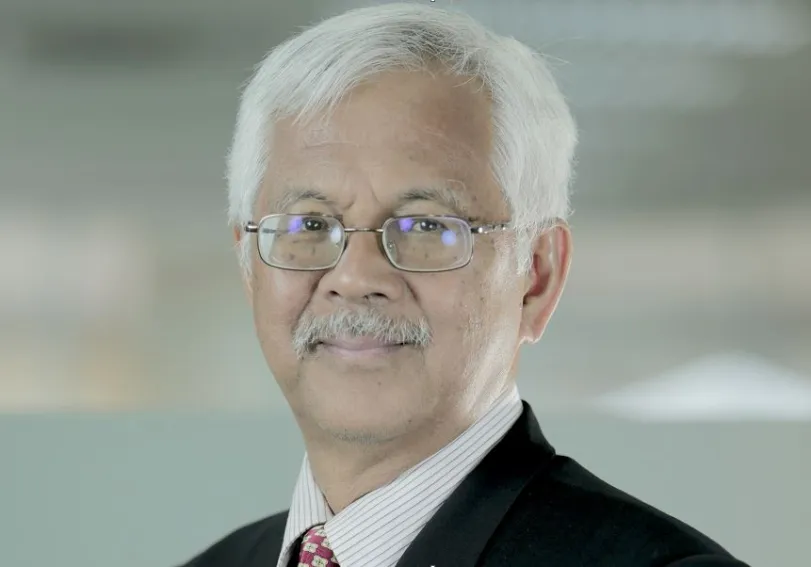
Malaysia Nuclear Power Corporation's CEO talks about nuclear sector's challenges in Asia
Dr Mohd Zamzam Jaafar admits winning public consent has been harder after Fukushima.
The nuclear industry has been shaken with Taiwan's and Vietnam's declarations to ditch future nuclear energy plans. In light of this, Asian Power teamed up with the Nuclear Power Asia 2017 for a series of interviews with its conference speakers to discuss the sector's future in the region. This first installment is an interview with Dr. Mohd. Zamzam Jaafar, Chief Executive Officer of the Malaysia Nuclear Power Corporation.
What is the role of nuclear energy in today’s global energy mix?
Nuclear is an important base load power generation source as demonstrated in many countries with nuclear power plants in operation. As part of its nuclear re-start program, Japan explicitly recognises this role as do many nuclear electricity advocates in USA and Europe in pursuit of a more diversified energy mix for electricity generation.
In addition, nuclear is acknowledged as a proven low carbon power source and can play a major role to meet the Paris Agreement requirements with respect to greenhouse gas emission and climate change concerns.
How does nuclear power drive economic development?
Nuclear power provides reliable and continuous electricity supply in countries with NPPs in operation. This is an important feature valued by customers and investors who rely on affordable 24/7 power supply. With expansion of sustained commercial activities, national economic development can be assured creating jobs and better standard of living for the people.
How is the recent development in Vietnam impact the global view of nuclear energy in ASEAN?
It is too early to assess the impact of Vietnam decision to stop its nuclear power program in ASEAN. The Nuclear Energy Cooperation-Sub-Sector Network (NEC-SSN), a program under the ASEAN Ministers of Energy Meeting (AMEM) still continues with Malaysia as the current Chairman. NPA 2017 is listed as an activity under ASEAN NEC-SSN and Malaysia is still pursuing the nuclear option.
What has been the 3 greatest challenges for new nuclear build from the policy and infrastructure development perspective?
The 3 main challenges are:
a) The position of the Government with respect to National Position under the 19 nuclear infrastructure issues is still uncertain in ASEAN countries pursuing the nuclear option. This is somewhat related to the following bullet.
b) Winning public buy-in after the Fukushima Dai-ichi accident with respect to nuclear safety and what to do with radioactive materials and used nuclear fuels; as well as
c) Economic competitiveness of nuclear electricity compared to other energy sources including the more popular renewable energy, as a result of high upfront investment cost, as demonstrated by on-going NPP projects in Western Europe and USA.



















 Advertise
Advertise






